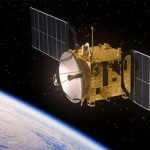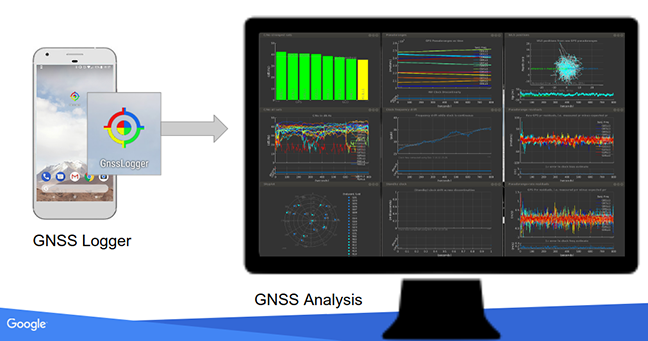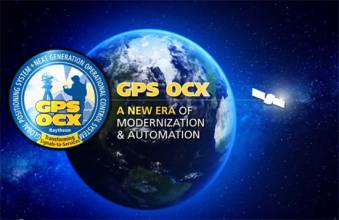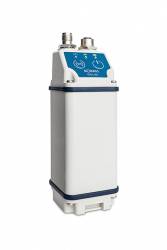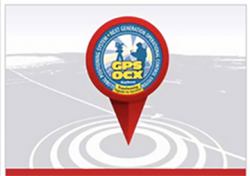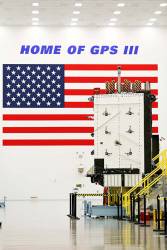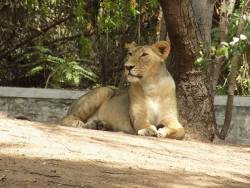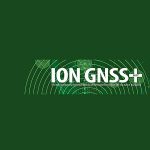Lawmakers Begin Moving Military Space Management Out of the Air Force
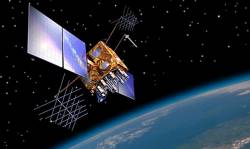 Photo courtesy of GPS.gov.
Photo courtesy of GPS.gov. House and Senate authorizers are forcing a reorganization of the Pentagon’s management of military space programs, giving authority to a soon-to-be-named official to prioritize space budgets across services and setting planning in motion for a possible new department. They also approved spending the full amounts requested for the military GPS programs and mandated that defense officials both test a backup to GPS and look at incorporating European and Japanese GNSS signals into military user equipment.
By Inside GNSS
